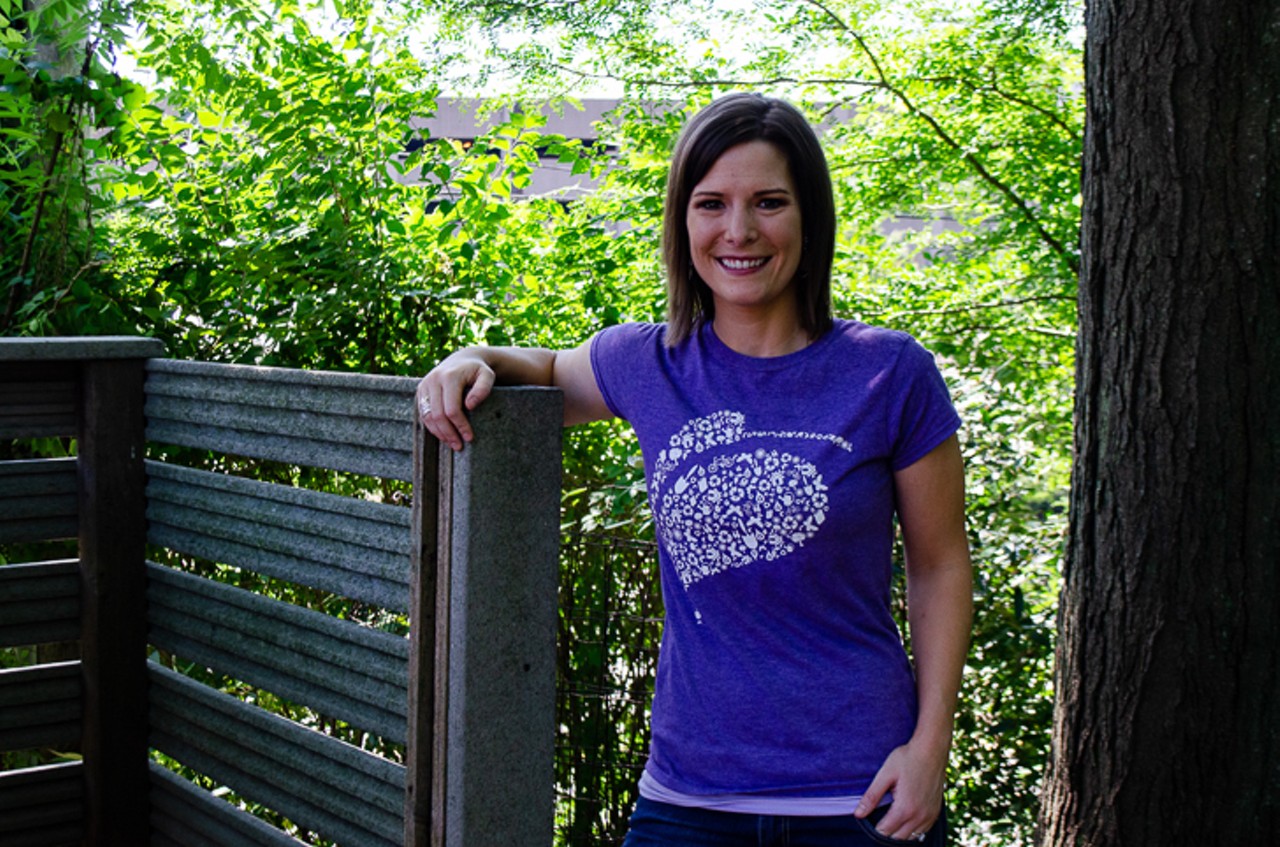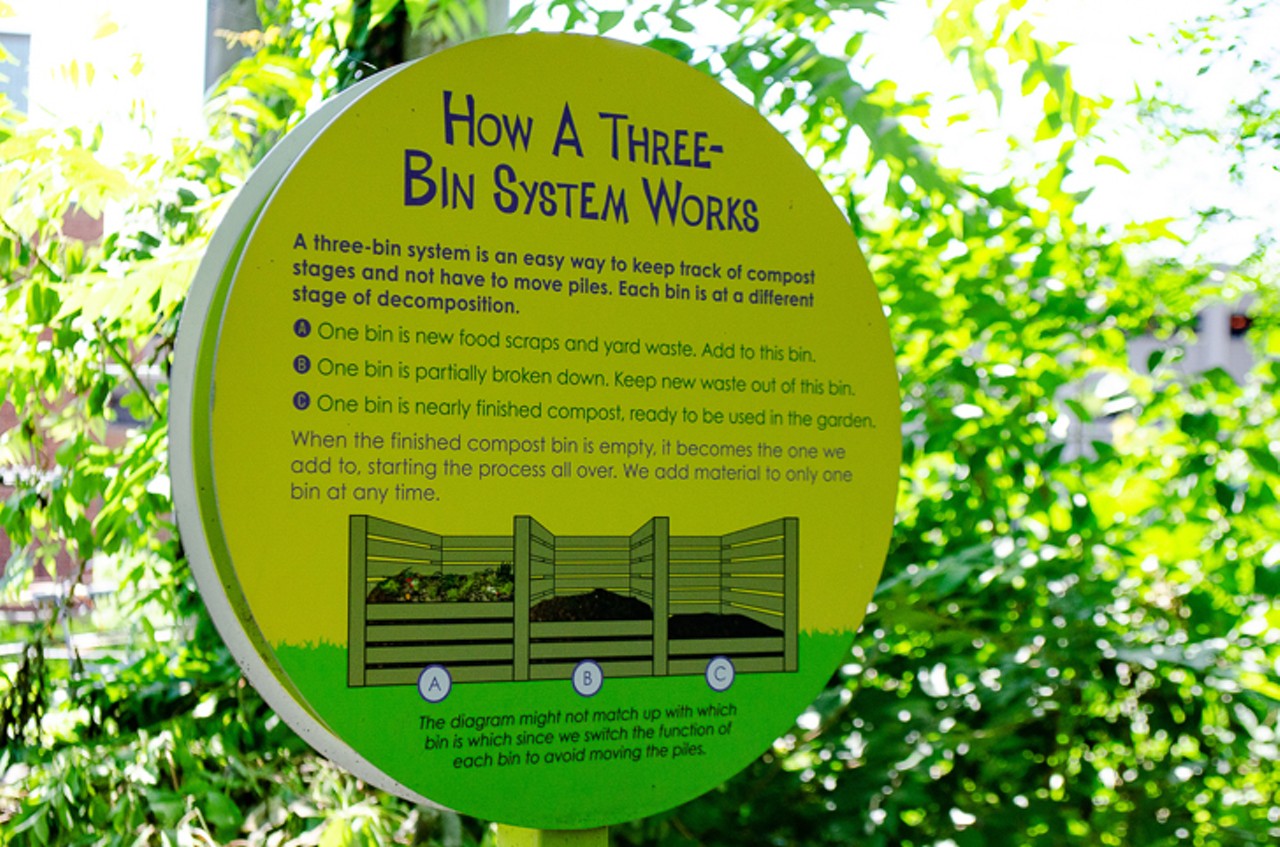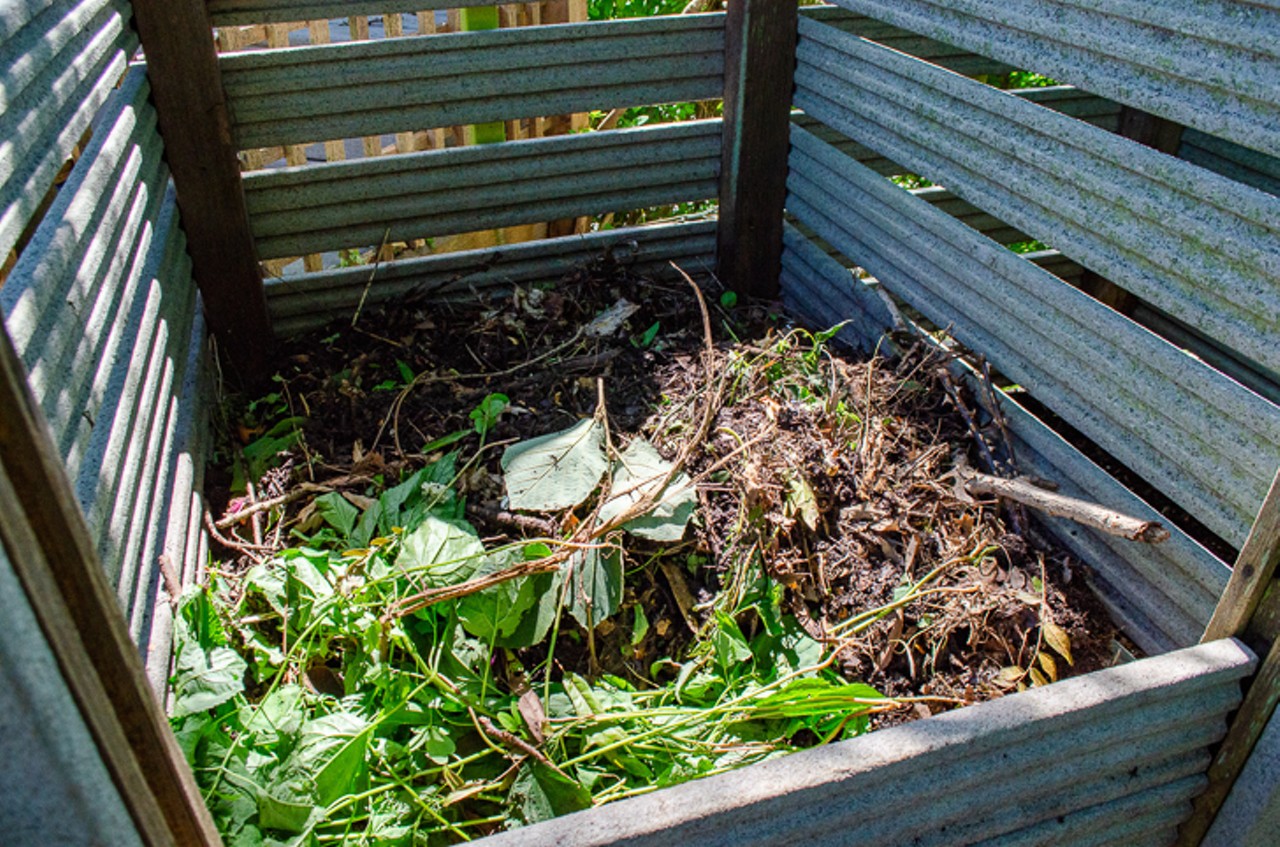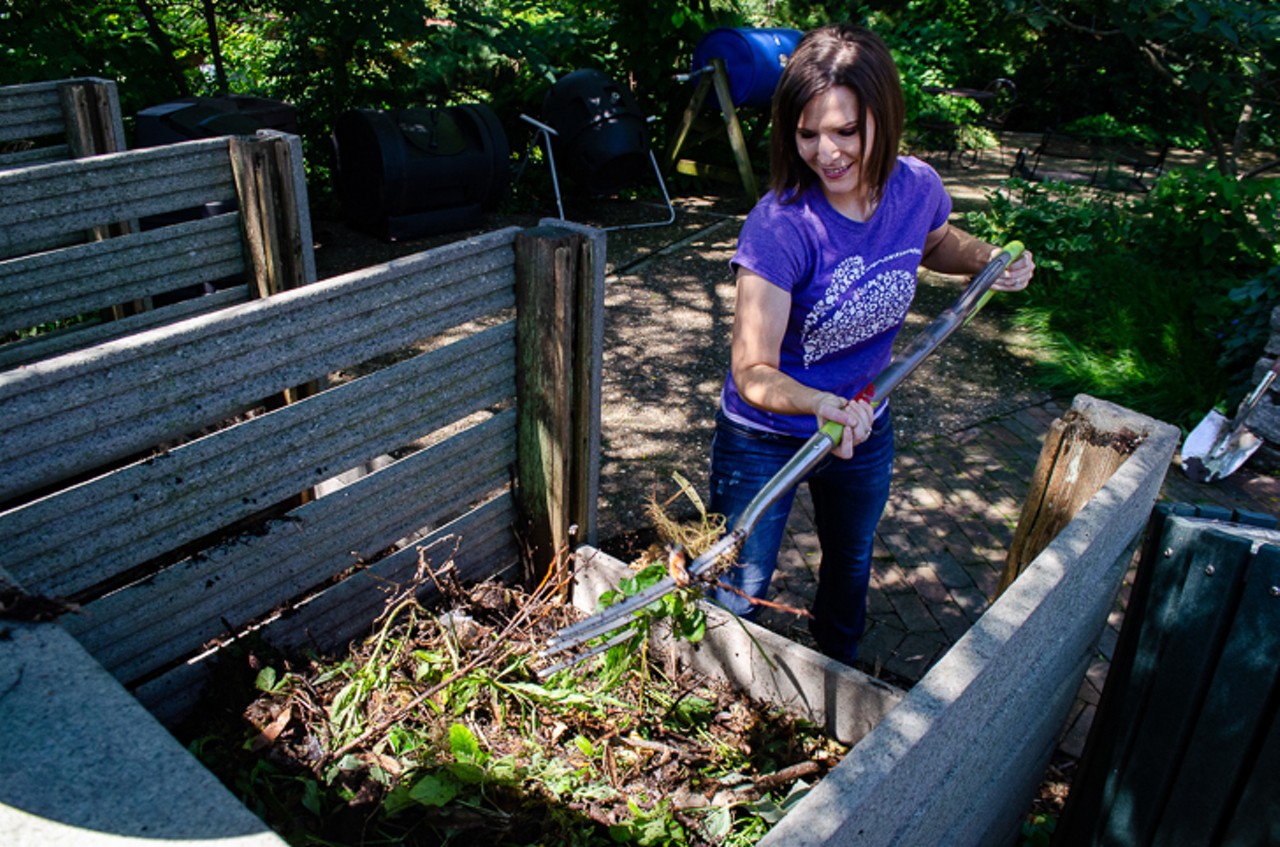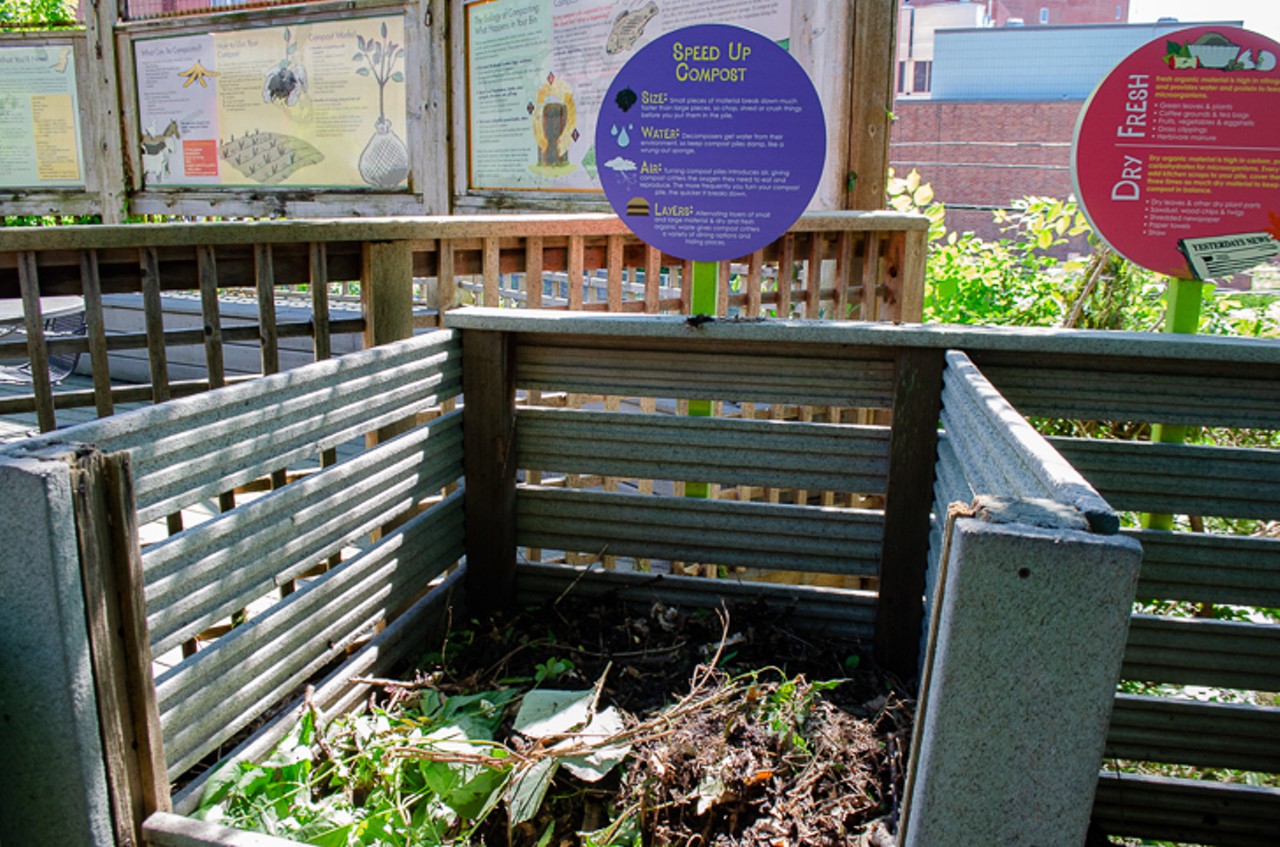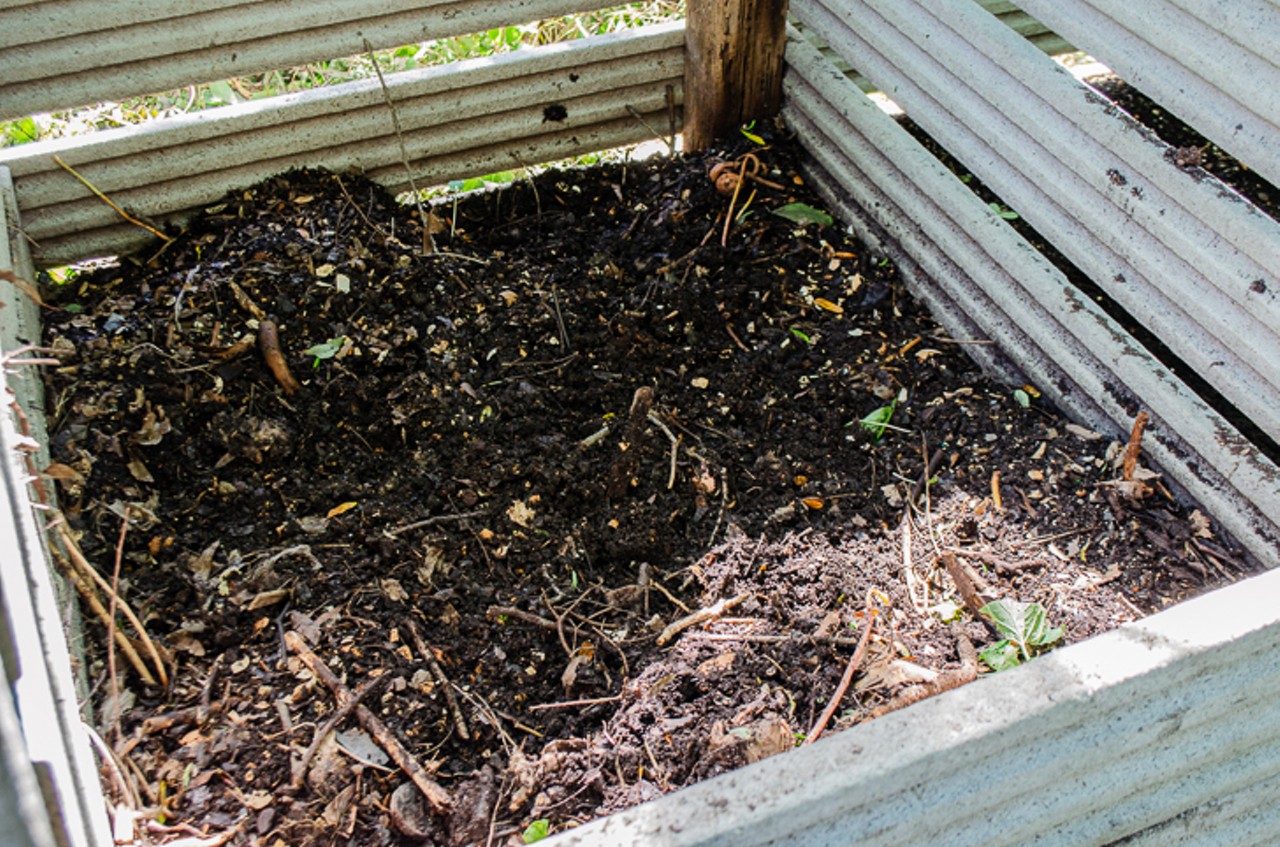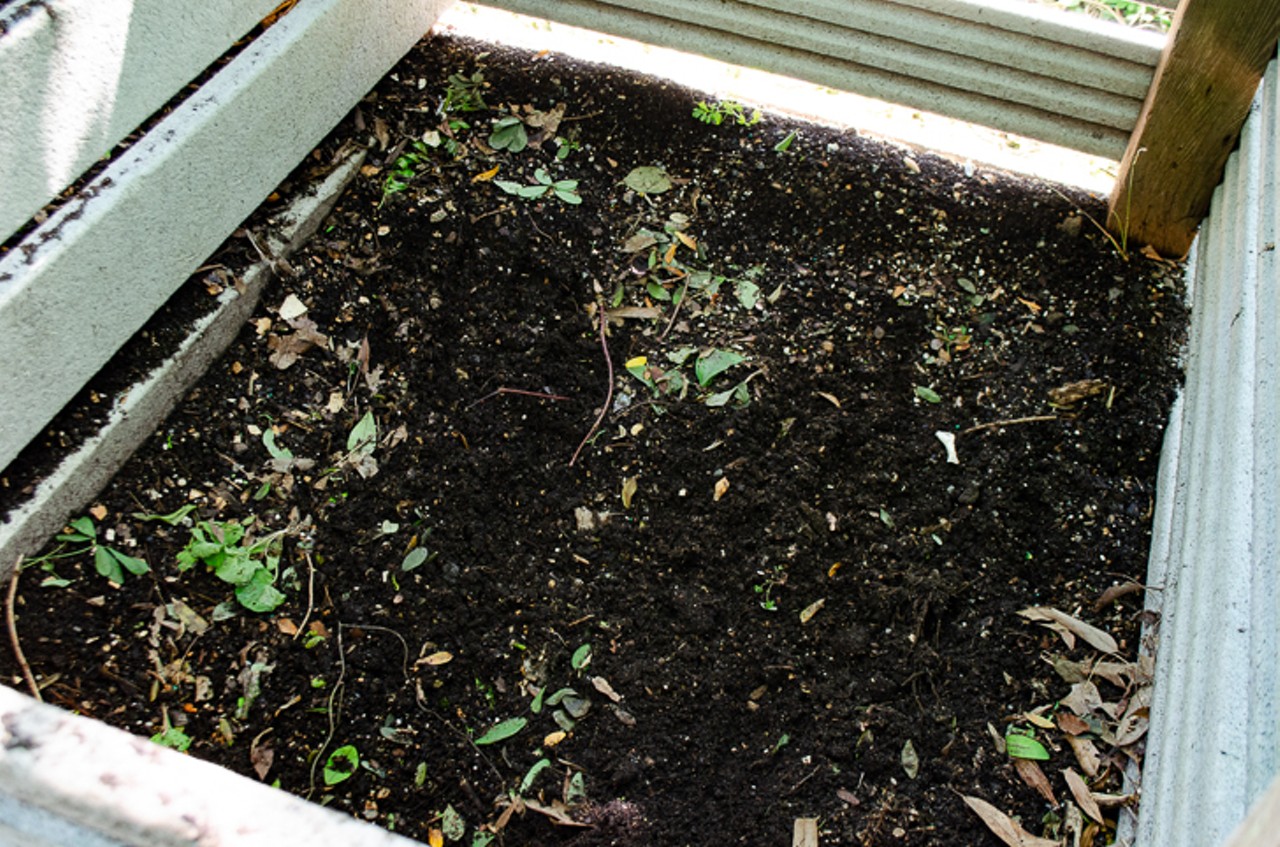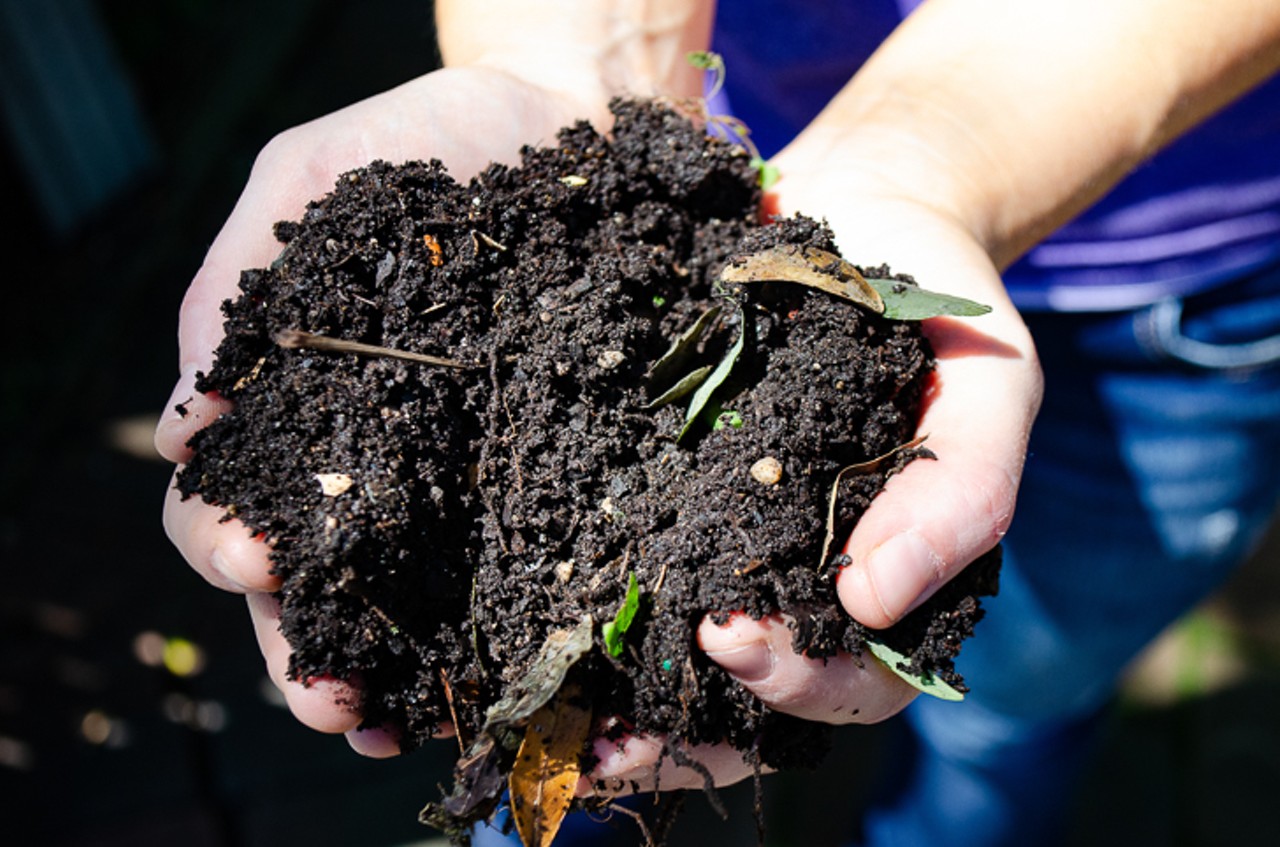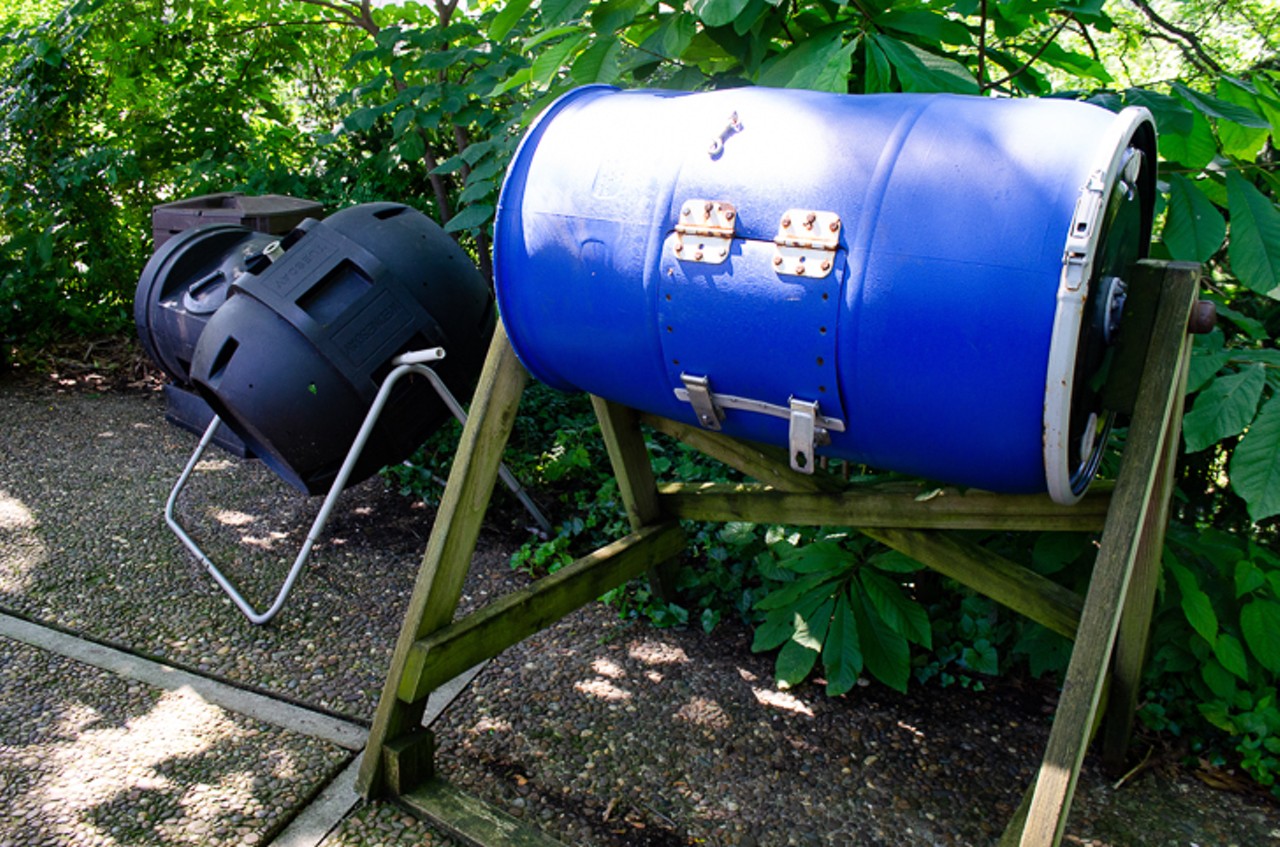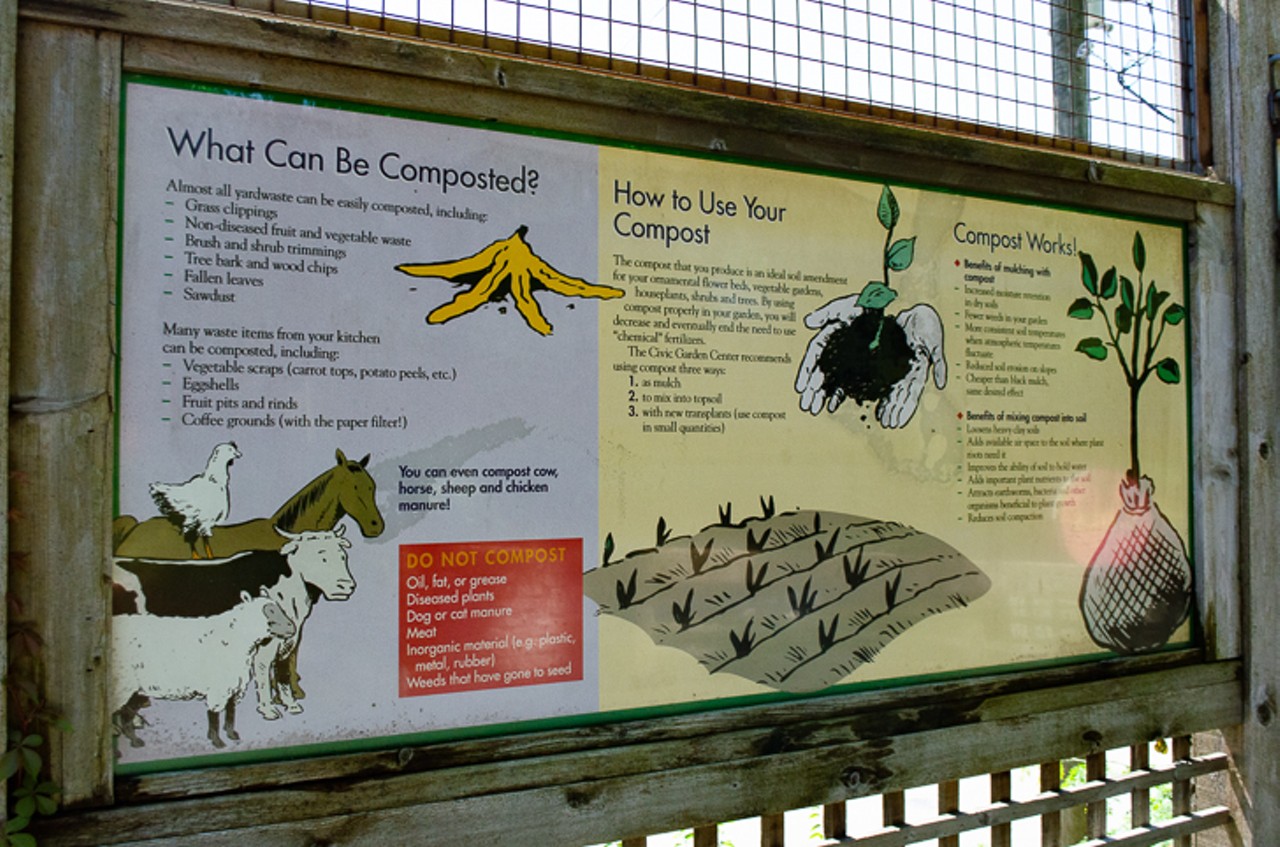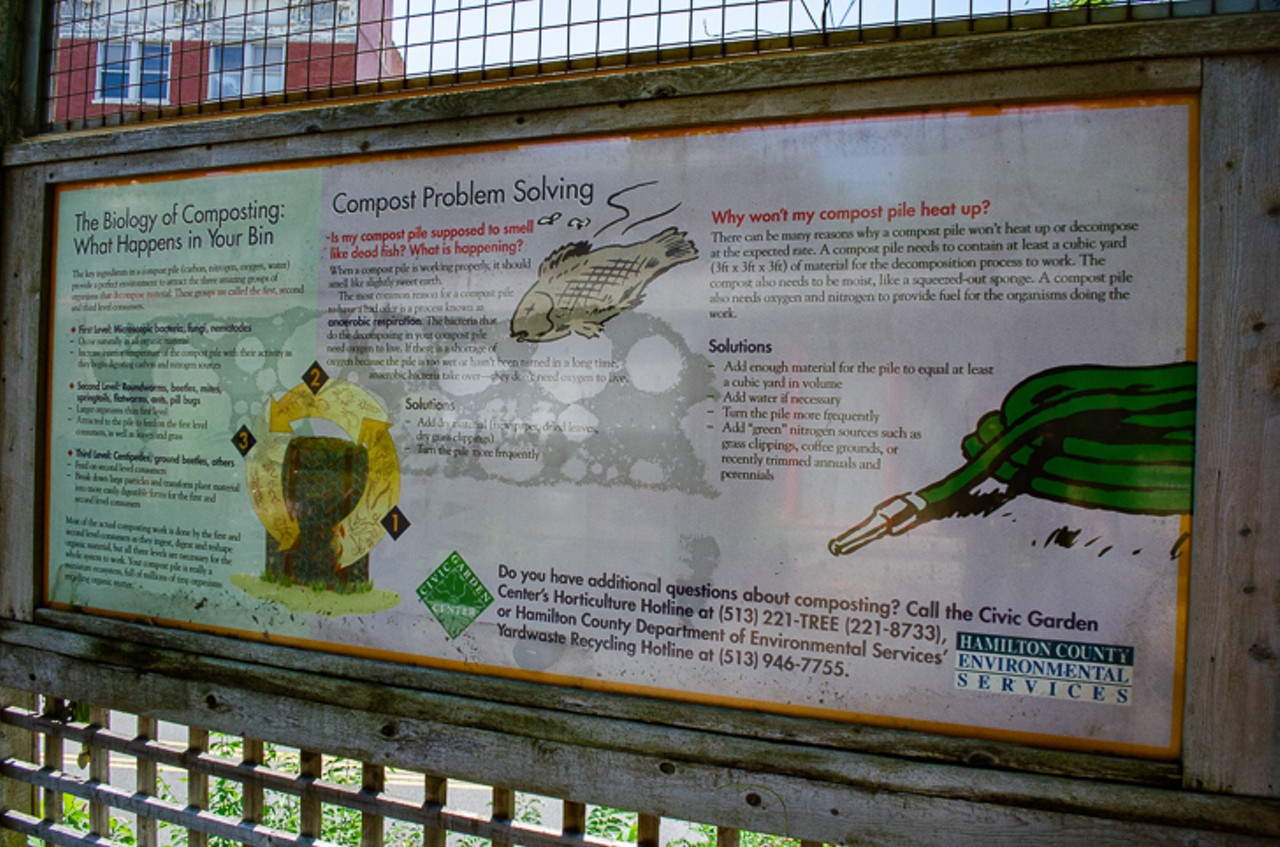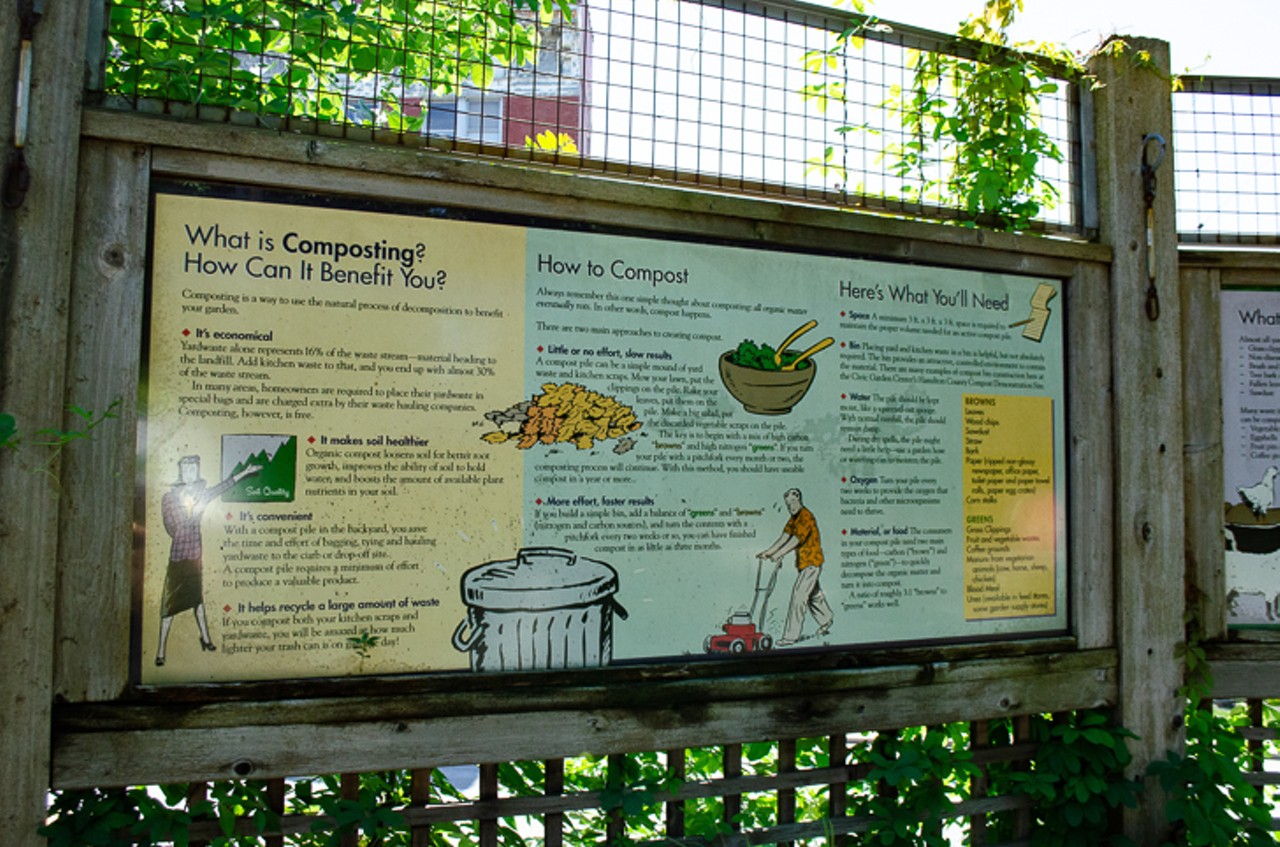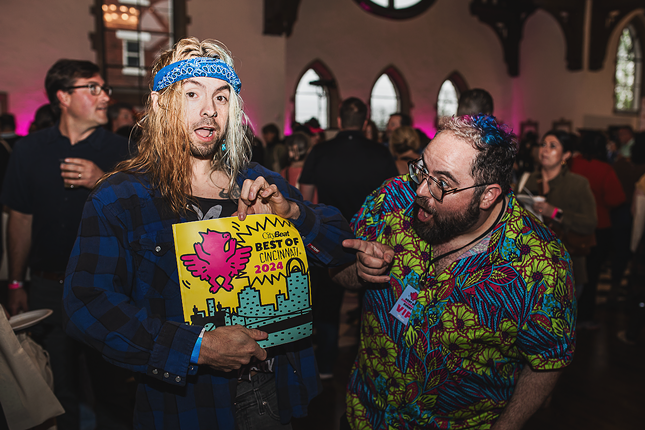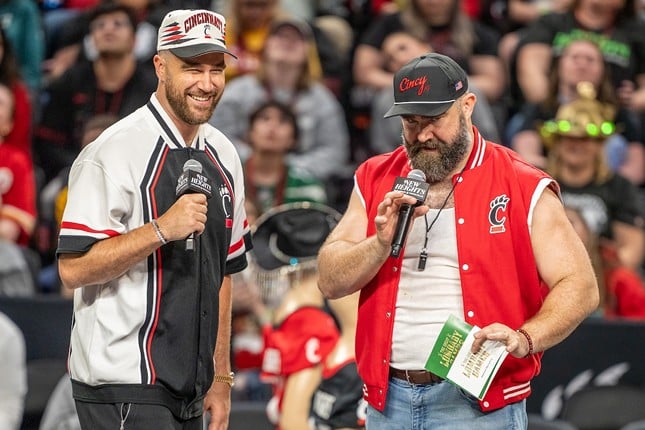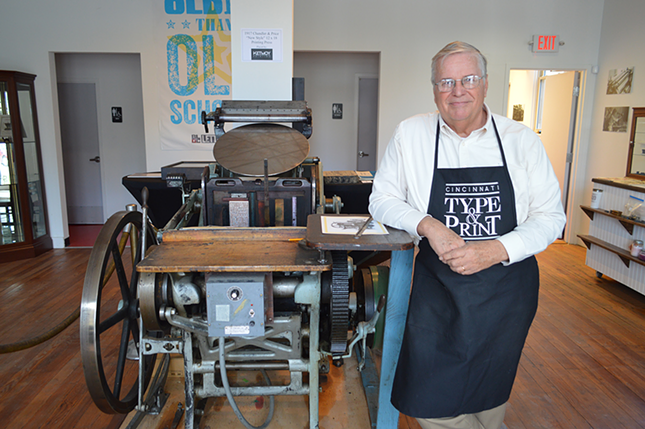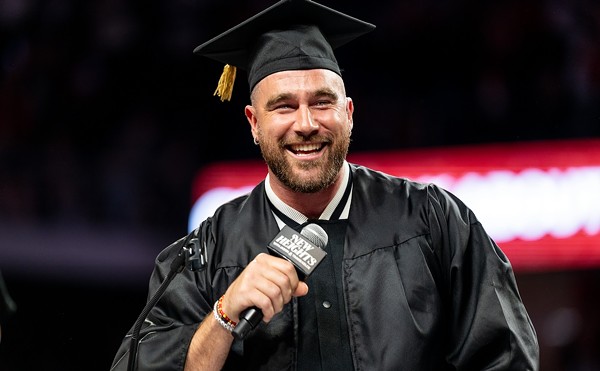“With over 7 billion people on the planet and that number growing every day, we need to be more mindful about how we manage our waste streams," Johnson says. "Composting is a simple solution to divert large portions of household and business waste from landfills."
"Not only does composting keep waste out of the landfills that are running out of space and contributing to climate change," Johnson continues, "it also creates a nutrient rich soil amendment that improves and restores soil structure and fertility.”
Americans throw out a staggering amount of food. To be more exact, an estimated 52.4 million tons end up in landfills each year, according to the 2018 U.S. Food Waste Investment Report. And 16 percent of all methane emissions — a greenhouse gas that Johnson says is 25 times more powerful at trapping heat than Carbon Dioxide — are from organic materials that are buried and therefore can't decompose in landfills, the third largest emitter of the gas. (Certain types of bacteria thrive without oxygen and create methane, which is released from the ground.) Composting is just one way to reduce that footprint. CGC offers hands-on, immersive field trips for grades K-6 and 7-12. There, kids can learn about composting by digging in themselves. Basic classes geared toward adults are also offered. Come August 1, the center will kick-off their 4-day Master Composting class, which will teach you all the dirty details of soil science, varying composting methods and how to share your newly-found knowledge with your community. The classes are spread throughout August — the 1st, 8th, 15th and 22nd — and take place from 9 a.m.-3:30 p.m. Registration is $45. For more info, visit civicgardencenter.org. Locally — if you don't have the space or ability to compost in your own backyard — there are a few options: Northside Farmer's Market offers a drop-off service; and Better Bin Compost Company serves the East Side, Over-the-Rhine and Northside areas with a weekly pick-up service; a Go Zero Services. Johnson says they also partnered with Hamilton County Recycling and Go Zero — the latter offers a curbside service — for a three-month community-wide food waste pilot program. Click through for a lowdown on how composting works.
